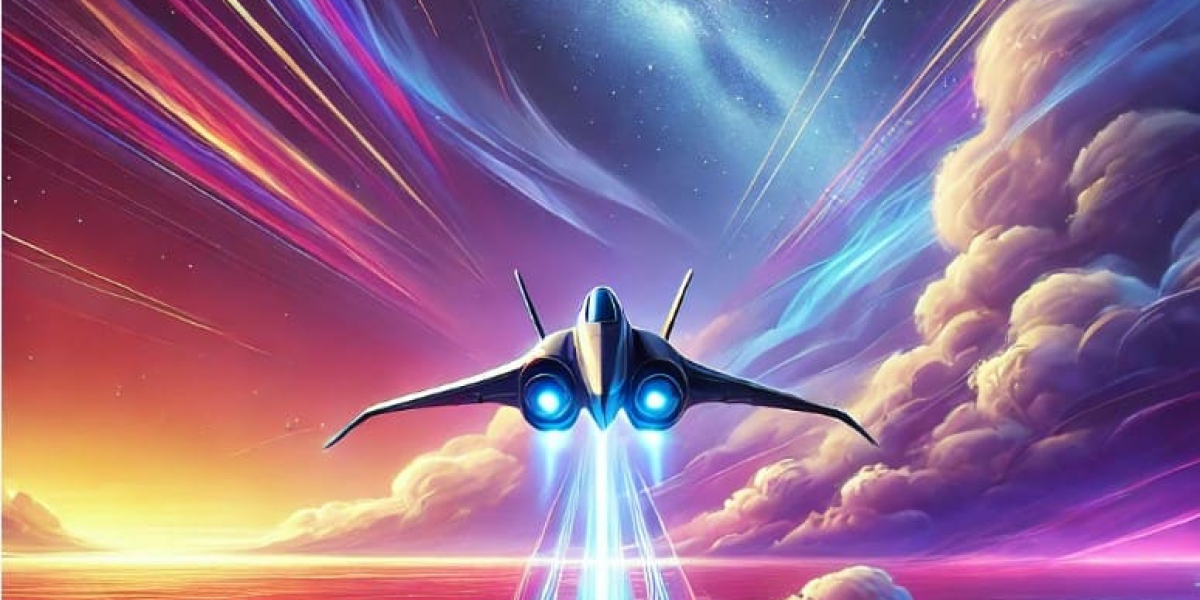The Aviator Gods: Exploring Deities of Flight and the Skies Across Cultures
Since the dawn of humankind, the sky has held an irresistible allure. The boundless expanse above us, with its ever-changing tapestry of clouds and stars, has inspired awe, wonder, and a profound sense of the divine. It's no surprise, then, that many cultures throughout history have developed intricate mythologies surrounding the sky, often featuring powerful deities associated with flight, storms, and the very fabric of the heavens. These "aviator gods," embodiments of soaring power and celestial authority, offer a fascinating glimpse into humanity's enduring fascination with the skies and the spiritual realms believed to reside within them.
The Power of the Sky Gods
The association of gods with the sky is nearly universal. The sky represents the ultimate vantage point, a place of unobstructed vision and encompassing power. To control the sky is to control the weather, the harvest, and ultimately, the fate of those on Earth. These deities are not merely figures of worship; they are often seen as active participants in the world, influencing events and shaping the lives of mortals. Their power often manifests in dramatic displays, from the gentle rain that nourishes the land to the terrifying force of thunder and lightning.
Furthermore, the sky acts as a bridge between the earthly and the divine. It is the realm to which souls ascend after death and the home of the stars, often considered divine beings themselves. Aviator gods, therefore, often possess connections to the afterlife and the celestial bodies, adding further layers of complexity and significance to their roles within their respective pantheons.
Examples of Prominent Aviator Gods
Across different cultures, diverse and compelling aviator gods have taken flight in mythology. Each figure reflects unique cultural beliefs, values, and interpretations of the natural world. Here are some notable examples:
Zeus (Greek Mythology)
Zeus, the king of the Olympian gods, reigns supreme from Mount Olympus, wielding thunderbolts and controlling the weather. His power is absolute, and his authority is unchallenged (for the most part). He is not just a sky god; he is the embodiment of order and justice (though he often struggles to maintain order within his own family, which adds a layer of human relatability to his divine persona). Zeus's connection to flight is evident in his ability to transform into animals, including a majestic eagle, which serves as his symbol and messenger. He is often depicted holding a thunderbolt and is the epitome of a powerful, commanding sky deity.
Zeus's influence extends beyond mere weather control. He is the protector of oaths, hospitality, and justice, ensuring that the laws of gods and men are upheld. His interactions with mortals, often in disguise, highlight his role as a judge and dispenser of fate. While his reign is marked by both beneficence and capricious behavior, Zeus remains a central figure in Greek mythology, representing the power and majesty of the heavens.

Thor (Norse Mythology)
Thor, the Norse god of thunder, lightning, and storms, is a formidable warrior and protector of Asgard and Midgard (the realm of humans). He wields the mighty hammer Mjolnir, which generates thunder and lightning and always returns to his hand. Thor's connection to flight is less direct than Zeus's, but he travels the skies in his chariot pulled by two goats, Tanngrisnir and Tanngnjóstr. He is also known for his incredible strength, which allows him to overcome even the most formidable giants and monsters threatening the world. Thor represents strength, courage, and the protection of the innocent. He is a beloved figure in Norse mythology, embodying the values of loyalty and bravery.
Thor's battles against giants and monsters are central to Norse mythology. He is constantly defending the world from chaos and destruction, ensuring the survival of gods and humans alike. His popularity endures to this day, thanks in part to his portrayal in popular culture, where he continues to embody the ideals of strength, courage, and unwavering commitment to protecting the innocent.
Quetzalcoatl (Aztec Mythology)
Quetzalcoatl, the feathered serpent god of the Aztec pantheon, is a complex and multifaceted deity associated with wind, knowledge, and the morning star. His name literally means "feathered serpent," representing the union of the earthly and the celestial. Quetzalcoatl is often depicted as a benevolent god who brought knowledge, agriculture, and the arts to humanity. He is also associated with the planet Venus, symbolizing rebirth and renewal. Unlike Zeus and Thor, Quetzalcoatl's power is more focused on wisdom and creation than brute force. He represents the balance between the earthly and the spiritual realms.
Quetzalcoatl's stories often involve his exile and eventual return, promising a new era of prosperity and enlightenment. He is a symbol of hope and renewal, reminding people that even after periods of darkness, a brighter future is possible. His teachings emphasize peace, knowledge, and the importance of living in harmony with nature.
Ra (Egyptian Mythology)
Ra, the Egyptian sun god, is one of the most important deities in the Egyptian pantheon. He is depicted as a falcon-headed man carrying the sun disk above his head. Ra travels across the sky each day in his solar barque, bringing light and warmth to the world. At night, he journeys through the underworld, battling the serpent Apophis to ensure the sun rises again the next morning. Ra represents light, life, and the eternal cycle of day and night. He is the source of all creation and the ultimate ruler of the cosmos.
The Egyptians believed that Ra's daily journey through the sky and underworld was essential for maintaining order and balance in the universe. His battles against Apophis symbolized the constant struggle between good and evil, light and darkness. Ra's worship was central to Egyptian religion, and his temples were among the most impressive structures in ancient Egypt.
Other Notable Sky Deities
Beyond these prominent examples, many other cultures feature deities associated with the sky and flight. These include:
| Deity | Culture | Associations |
|---|---|---|
| Indra | Hindu | King of the gods, thunder, lightning, rain |
| Tengri | Turkic/Mongolian | Chief god of the sky, supreme ruler |
| Yum Kaax | Mayan | God of maize, agriculture, and nature |
| Whiro | Māori | God of darkness, evil, and opposition |
The Enduring Appeal of Aviator Gods
The enduring appeal of aviator gods stems from our innate fascination with the sky and our desire to understand the forces that govern the natural world. These deities embody power, authority, and a connection to the divine, providing a framework for understanding the cosmos and our place within it. They also serve as powerful symbols of hope, renewal, and the triumph of good over evil. The stories surrounding these gods continue to resonate with us today, reminding us of the enduring power of myth and the human capacity for wonder.
Moreover, the aviator gods often reflect the values and beliefs of the cultures that created them. Zeus's emphasis on justice, Thor's courage, and Quetzalcoatl's wisdom all embody ideals that were highly valued in their respective societies. By studying these deities, we can gain a deeper understanding of the cultures that shaped them and the values they held dear.
Aviator Gods in Modern Culture
Even in the modern age, where scientific understanding has replaced mythological explanations for many natural phenomena, the aviator god gods continue to exert a powerful influence on our culture. They appear in literature, film, video games, and other forms of media, often reimagined and adapted to suit contemporary audiences. These modern interpretations often draw on the archetypal themes associated with these deities, such as power, justice, and the struggle against evil.
Furthermore, the idea of flight itself continues to be a powerful symbol in modern culture, representing freedom, aspiration, and the pursuit of dreams. From superheroes who soar through the skies to astronauts who explore the vastness of space, the human desire to fly remains a potent and enduring theme. The aviator gods, therefore, continue to inspire us to reach for the stars and to explore the boundless possibilities of the human spirit.
Conclusion
The aviator gods, with their diverse forms and compelling narratives, represent humanity's enduring fascination with the sky and the spiritual realms believed to reside within it. From the thunder-wielding Zeus to the feathered serpent Quetzalcoatl, these deities embody power, authority, and a connection to the divine. Their stories continue to resonate with us today, reminding us of the enduring power of myth and the human capacity for wonder. As we continue to look to the skies, both literally and metaphorically, the aviator gods will undoubtedly continue to inspire and captivate us, reminding us of the boundless possibilities that lie beyond the horizon.



